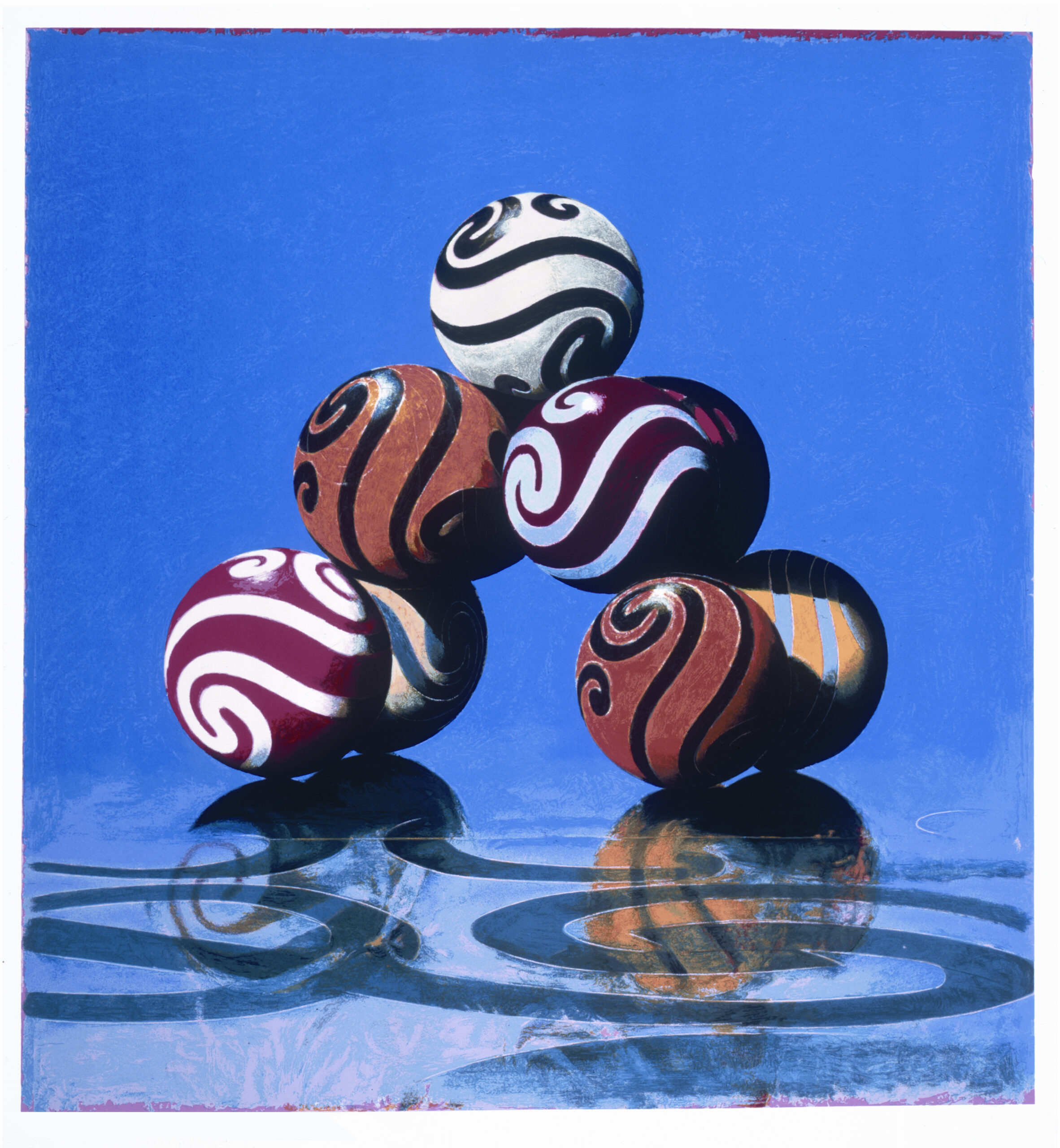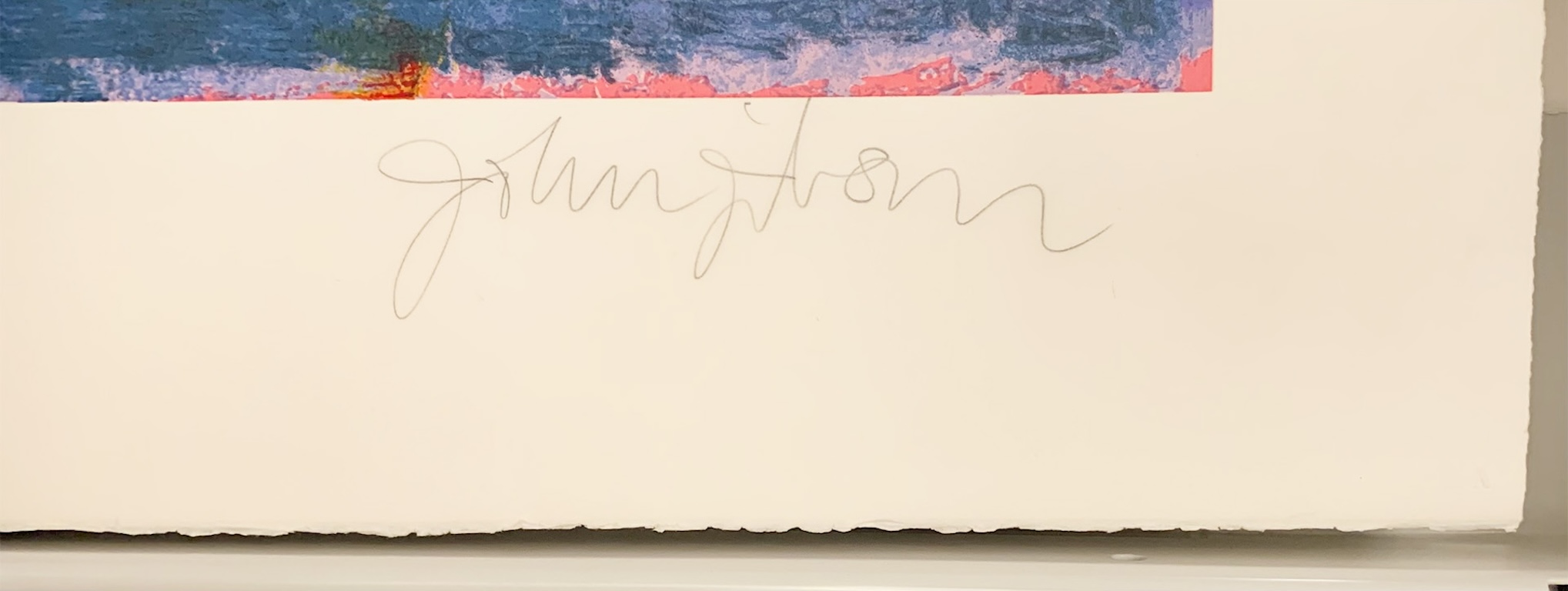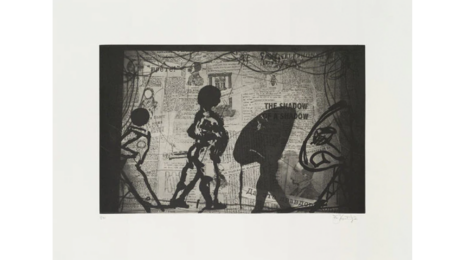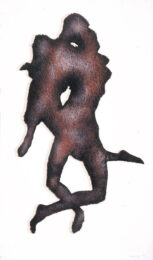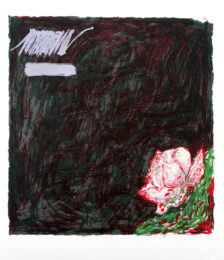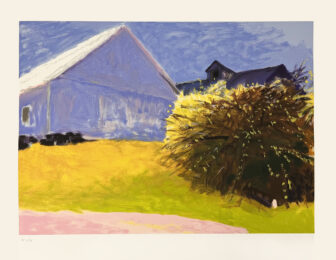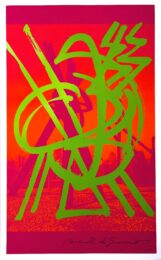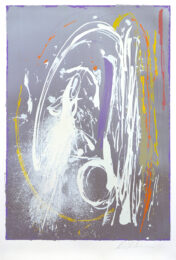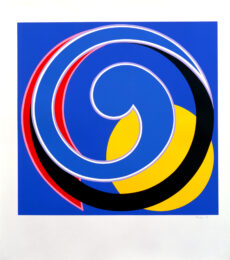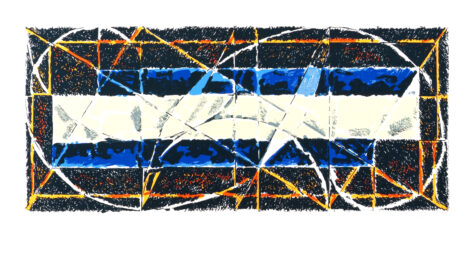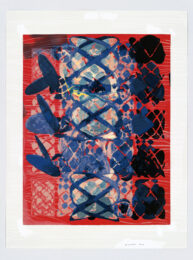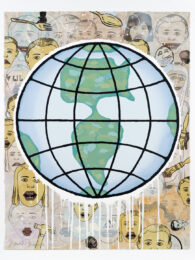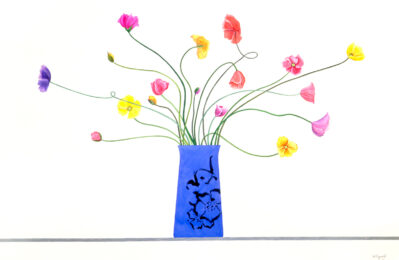Details — Click to read
b. 1958, Northampton, MA
John Gibson has been creating paintings of balls for over twenty years. Searching for something that would maintain a sense of pictorial space but remain as abstract as possible, Gibson found his solution in the balls, which serve as conduits for rhythm and pattern, providing a way to sculpt volume and space. Rather than working from observation, he invents subjects by taking patterns he finds out in the world – in textbooks, in museums, in toy stores – and curving them visually. The resulting paintings seem to contain a powerful kind of potential energy, each sphere on the verge of rolling out of the composition and into
reality.
SELECTED PUBLIC COLLECTIONS
Ackland Museum Chapel Hill, NC
Metropolitan Museum of Art, New York, NY
Museum of Fine Arts, Boston, MA
Museum at the Rhode Island School of Design, Providence, RI
Smith College Museum of Art, Northampton, MA
University of Massachusetts, Amherst, MA

